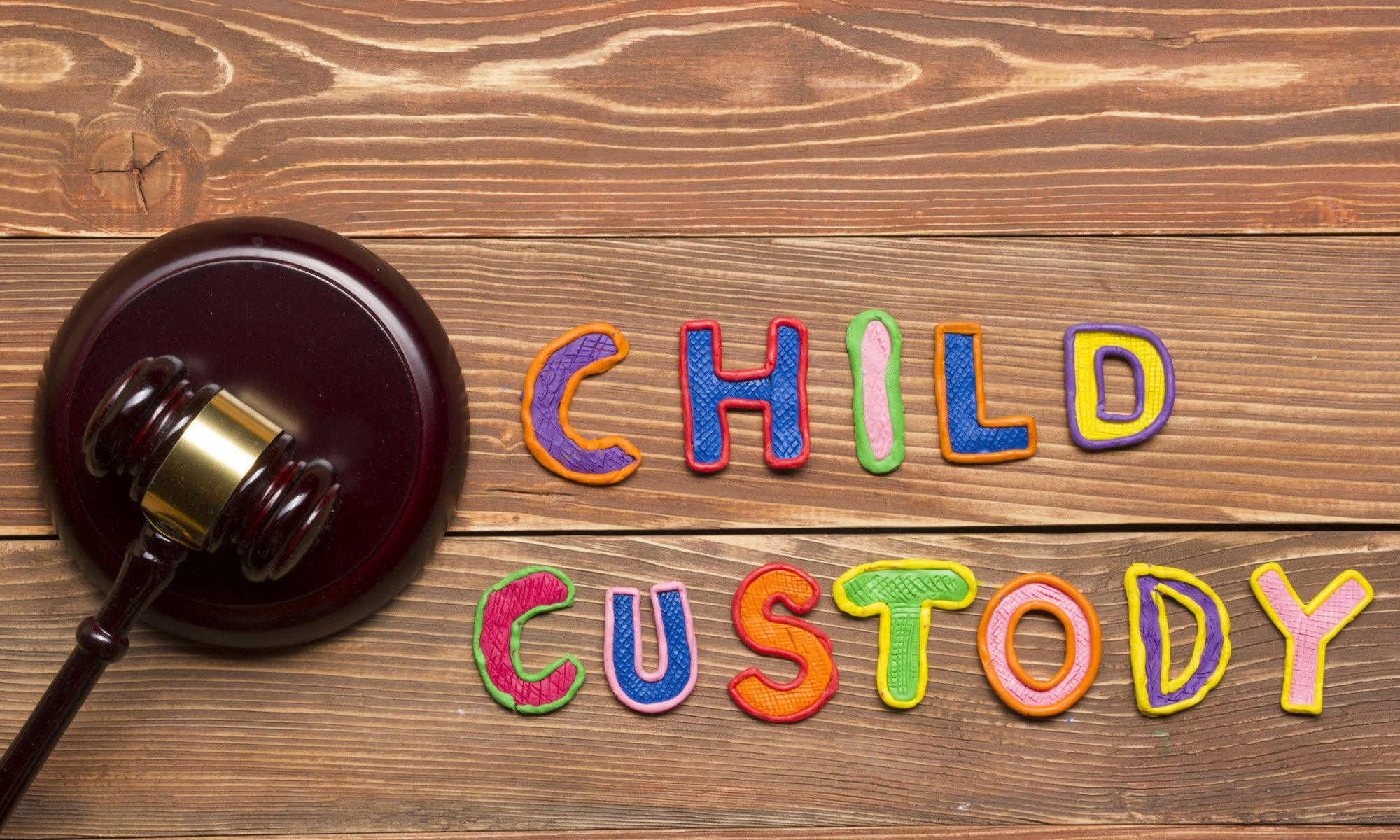Following the every other weekend custody schedule is a viable way of making your children feel secure and loved during and after the divorce. That’s something you and your soon-to-be-ex should keep in mind, too, since statistically divorce can be very hard on children.
Fortunately, a healthy adjustment can undo much of the damage. In the following article, we’ll be discussing ways that you can facilitate that adjustment by delineating the pros and cons of every other weekend visitation. Let’s begin!
Pro: Great for Consistency
Children thrive in an environment where they have structure and consistency in their daily routines. A consistent bedtime and a consistent schedule for meals, playtime, and quiet time help kids feel safe and secure. Consistent routines are also beneficial to parents because they help reduce stress.
Children of divorce thrive when they’re surrounded by adults who are consistent. It’s important that they have a consistent home, a consistent school, and a consistent set of friends with whom they spend time regularly. The most important thing is that the adults in their lives understand that consistency is the key to building trust and allowing children to thrive.
Con: Challenging for Joint Custody
If you have a joint custody arrangement, then you may find every other weekend routine difficult. You may find your child gets attached to the parent who picks them up every other weekend and becomes resistant to going back to their other parent.
This can also be difficult for the parent who has to wait until the next weekend for their parenting time. Talk to your ex before etching your agreement in stone. Establish what the expectations are, and make sure you’re both in agreement, especially when it comes to the big issues like religious upbringing, education, and extracurricular activities.
Pro: Good for Fewer Exchanges
Custody exchanges are stressful for everyone, but you can reduce the number of exchanges by alternating weekends with your ex. It reduces the number of times you have to drop off and pick up your kids and makes it much easier for everyone involved. It can also help quell common safety concerns that often surround custody exchanges.
When Mom and Dad still feel tense toward one another, the child can feel it. Reducing the frequency of changes will eliminate that. And it’s easy to do under the standard 80/20, every other weekend custody arrangement.
It can be more challenging under a 2 2 3 arrangement, but you can still get around it by determining when and where the picking-up parent reconnects to the child. For example, picking up the child from daycare after the other parent drops them off eliminates the need to see and interact with one another during the pickup.
Con: Difficult for Tense Parental Relationships
While we would consider fewer exchanges one of the pros of every other weekend custody, it can also breed resentment if one parent is bitter about their reduced time with the child. Noncustodial parents following an 80/20 visitation schedule start to feel cut out of their children’s lives.
As a result, their bitterness can grow toward the other parent. That bitterness can be felt by the child, and it can impede the child’s development. This is especially true when the bitter parent refuses to seek help and places their pride before the well-being of the child.
It’s a tough place to be in when you really care about your children but aren’t seeing them as much as you’d like. You have to look ahead, though, and remember that the best thing you can do as a parent is to help your child feel stable and well-adjusted.
Pro: Great for Parents With Busier Schedules
Some parents actually don’t mind taking less time with their children if they can feel like they’re capitalizing on the time they do have with them. Quality time over quantity time!
In these cases, every other weekend visitation schedule can be preferable because it allows the parent to maximize their time. For parents who are naturally better earners and have fewer minutes to spare, this can be a godsend.
The flipside of this is that if you’re accepting to this role, you have to use a little more grace with how the other parent handles daily routines. They have many smaller decisions to make every single day. While you still have a right to parent as you see fit, micromanaging will set you both up for failure.
Con: Challenging for Parents Who Want to Play a More Active Role in the Weekday Routine
To that last point, one of the cons of every other weekend custody is that it can excise you from the decision-making process. Your child’s daily schedule has a huge impact on the type of person he or she will become. It’s not easy to give that up when you care about your child, though it can certainly be the best thing for them if your strengths as a parent lie elsewhere.
Pro: Good for 20 Percenters Who Want to Support Their Children in a More Financial Role
Spending 20 percent, or less than 50 percent, of the time with your children, provides you with more time to pursue financial opportunities. Parents who run their own businesses, want to launch their own business, or work long hours at a job they’re passionate about, can find the arrangement to be worth it.
Moreover, their children can find the arrangement worth it, too. That’s because the time they do get to spend with their “20 percenter” parent is quality time that often breaks up the monotony of their daily routines. Furthermore, the noncustodial parent tends to be happier and easier to be around from the other parent’s perspective.
This creates a more cooperative environment between the two parents. Better cooperation means less tension. As a result, the child feels like both their parents are equally invested, regardless of who has them more.
Con: Poor for Custodial Working Parents Without a Support System
We’ve already discussed “quality time vs. quantity time.” If you find yourself taking care of the child’s daily needs 80 percent of the time, you can start to feel like you’re spending more quantity time with them than quality time. You don’t get many opportunities to “hand-off” the children to your ex.
That’s not so bad when you have a decent support system backing you up. Think of the child’s grandparents or uncles, aunts, and older cousins who are happy to take you up on free babysitting. However, many single parents don’t have such support in place, and they have the same work obligations time-wise as the noncustodial parent.
Throw in the fact that the alternating weekend visitation means they have the children 11 straight days without a break, and it can be an incredibly difficult arrangement. (Even if being a parent itself is rewarding.)
Pro: Great for Custodial Working Parents Who Do Have a Support System
Flip the last point on its head. You do have that support system in place, and it gives you the chance to break away for some personal time even as you maintain the most influential role in your child’s life. This can make the every other weekend arrangement greatly rewarding.
Con: Challenging for Noncustodians Who Wish to Keep Kids Connected to Extended Family Members
A big drawback of the arrangement for noncustodial parents is that it leaves them very little time to bring other people into their child’s life. At least, difficult if their first priority is to spend quality time with their children.
In the 80/20 arrangement, the parent has the child roughly three days out of every 14. That’s not a lot of time to go on extended trips or soak up quality time while also dropping the kid off with grandparents. As a result, the parent faces a choice.
Do they make the absolute most of the one-on-one time they have? Or, do they bring other family members into the mix and further dilute their time?
Pro: Great for More Nontraditional Employment Routines
The every other weekend visitation schedule does tend to favor nontraditional employment routines. For example, a noncustodial parent who works every other weekend can arrange their off-time around their parental time.
If both parents are under such an arrangement, which is common for careers like retail or foodservice, then both parents can feel like they’re passing time more quickly. Missing your child when they’re not with you doesn’t become as much of a problem as a result.
Con: Difficult When Child Has an Ongoing Weekend Routine
As your child gets older, they’re going to have a greater number of interests and extracurricular activities. This can throw a monkey wrench into the best of routines.
Alternating weekends might not be the best choice if the child has to attend sports practices every weekend. The problem becomes even greater when the noncustodial parent doesn’t live in a close proximity to the custodial parent.
It’s a good idea to connect ahead of time and work out any custodial adjustments before your child gets immersed in the activity. More communication and advanced planning will head many of the potential problems off at the pass.
Alternatives to Consider
A straight 80/20, every other weekend arrangement might very well be your best bet. However, there’s nothing wrong with considering other alternatives if you try it for a while and are unsatisfied with the results. The following arrangements could be worth considering.
Sole Custody
Sole custody isn’t ideal because it removes one parent from the parenting equation altogether, at least on paper. You can still try it out with a spirit of cooperation between one another.
Parents who still get along in spite of not being able to work it out as a couple could use the sole custody arrangement to guarantee adequate time with the child as well as the stable environment they need to thrive. Here’s how to make it work.
The noncustodial parent agrees to allow the custodial parent sole custody for daily activities. However, the custodial parent agrees to use the noncustodial as the first point-of-contact for things like picking up the child from school, babysitting, and other parental duties. Obviously, it will only work if you can maintain trust between one another.
Follow the 2 2 3 Arrangement
More and more parents want to have a role in their child’s life beyond financial caregiver. As a result, you’re seeing a lot more joint custody decisions from family courts. Judges, psychiatrists, and other mental health professionals agree to the significance of the child having access to both parents.
Where those parents are willing and capable of being good for the child, such arrangements should be encouraged. (That’s not always the case.) Situations like these are where the 2 2 3 arrangement can help.
Under 2 2 3, one parent will have the child two days before switching to the other and then getting the child back for a long weekend. The two parents then alternate the following week. As a result, you have both alternating weekends and 50/50 custody.
Or the Midweek Visitation
Midweek visitation arrangements are similar to 2 2 3 arrangments in that they allow parents to adjust their visitation arrangements closer to 50/50 while maintaining the every other weekend dynamic. Here’s how the typical midweek arrangement goes.
The child is with one parent all week long from Sunday at set time (say, 5PM) until the following Sunday (same time). During the course of the week, however, the child goes to stay with the other parent for an overnight (usually Wednesday).
Parents then switch the schedule out the following week. Once again, this gets both parties as close to 50/50 as possible without destabilizing the child’s routines. You can learn about other joint custody models here.
Work at the Every Other Weekend Custody Model for Best Results
We hope this look at the pros and cons of every other weekend custody will give you a better idea as to whether it’s suitable for your custodial arrangement. Keep in mind as you move forward that whether you’re the primary caregiver or not, there are strengths and weaknesses to your role.
You can deal with them if you know what they are and commit to providing your child with as stable and loving of an environment as possible. Are you and your ex looking for a better way to co-parent? Contact 2houses today to see how we can help you and your children.













